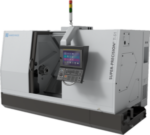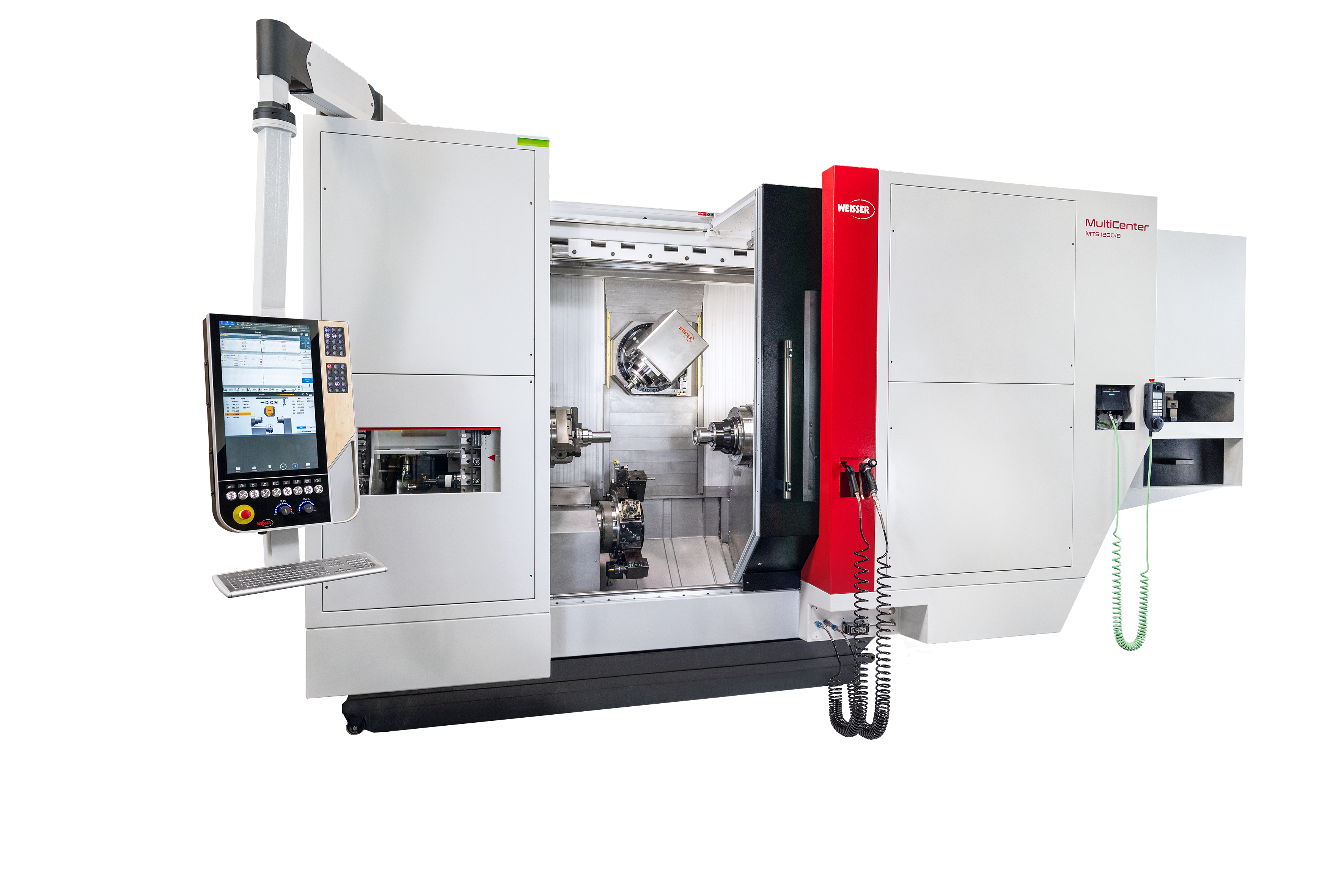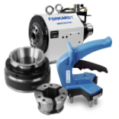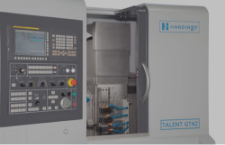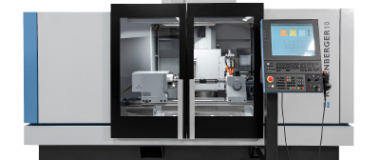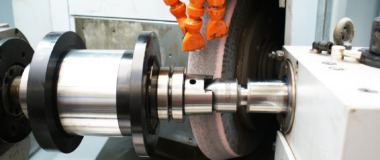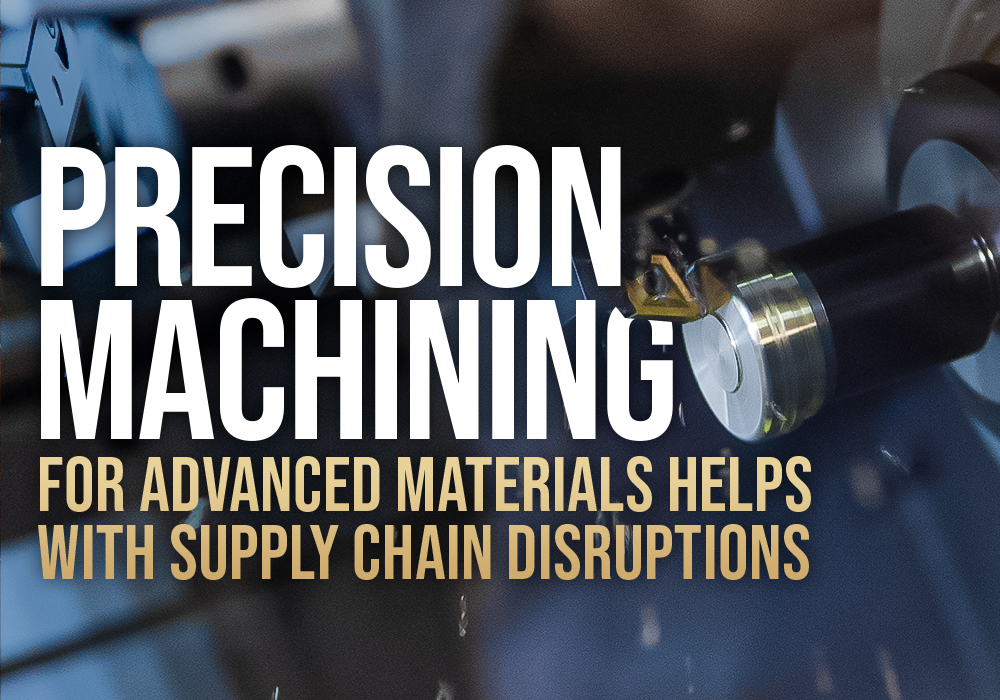How Supply Chain Disruptions are Driving Worldwide Shortages
The COVID-19 pandemic upended global business operations and disrupted supply chains, causing severe operational and financial consequences for corporations worldwide. As the global economy and consumer spending recover in 2021, manufacturing growth is hampered by persistent labor shortages/absenteeism, lingering slowdowns in transportation, and rising commodity prices. Even as suppliers struggle to meet increased demand, the scarcity of materials, restrictive trade policies, and unfilled jobs fuel short-term shutdowns and limit manufacturing’s recovery.
Demand for Advanced Materials on the Rise
The slowdown in global trade and strong emerging demand have contributed to record-breaking lead times, extensive shortages, and escalating prices for critical materials such as lumber, steel, and advanced materials such as ceramics, composites, and polymers.
Their myriad applications also fuel the demand for advanced materials. Lightweight and durable, these substances have replaced traditional materials such as steel and aluminum to produce everything from airliners to solar panels. While expensive and difficult to machine, advanced ceramics and composites are heat-resistant, support innovative applications, and increase part life, making them critical elements for products such as automotive powertrains, jet propulsion electronics, and semiconductor wafers.
Why Semiconductors are in Such Short Supply
Nowhere has the global parts shortage been more severe than for semiconductor chips. The brains of modern electronics, semiconductors are widely used in highly advanced technologies such as healthcare, communication, computing, and transportation. Chip sales increased 6.5% in 2020, driven by the digitalization of business applications and skyrocketing consumer purchases of smartphones and laptops to support work-at-home and remote learning scenarios.
And while electronics manufacturers bought up semiconductor chips, automobile manufacturers canceled their purchases in response to rolling shutdowns at vehicle assembly plants. When product sales and demand for chips suddenly recovered, vehicle manufacturers and others found themselves understocked with these critical components and unable to produce all the vehicles, home appliances, and other items needed by the modern economy.
With demand exceeding forecasts, restoring the global chip supply won’t happen soon, even as chip shortages delay production lines and the financial recovery of dozens of industries. According to the Semiconductor Industry Association, complex to design and difficult to manufacture accurately, semiconductor production cycles can average three to four months.
In the United States, the problem has been exacerbated by “just in time” inventory planning, shipping delays, and a severe reduction in US semiconductor manufacturing capacity, dropping to just 12% of the world’s production in 2020. With 88% of the semiconductors used by American industries produced overseas, increasing domestic chip production capabilities will be time-consuming and exceedingly expensive.
Extracting the Most Value from Advanced Materials
Surging demand for semiconductor wafers and related products has put pressure on suppliers to deliver components more quickly. Because of higher prices and reduced availability, fabricators must be as efficient as possible when machining items from advanced materials.
Reducing material scrap, consolidating setups, and minimizing rework are some ways fabricators can save money while reducing cycle times.
As manufacturers work to meet new challenges, they increase their use of advanced materials such as technical ceramics, composites, thermoplastics, quartz, and superalloys. These lightweight, high-strength materials enable manufacturers to reduce costs and improve quality while producing innovative products with new functionality.
Numerous industries have increased part performance and strength by using advanced materials that withstand extreme conditions, improve durability, and/or increase heat resistance. By substituting traditional materials such as steel with new options, manufacturers can produce more precise and longer-lasting products for strategic applications such as aerospace, automotive, and high-tech devices such as semiconductor chips.
Why Machining Advanced Materials is so Difficult
Despite their technological advantages, advanced materials present significant machining challenges. Individual materials have unique properties, and they behave differently than metals in machining environments, presenting particular challenges. While metals can be predictable and well-managed during grinding practices, advanced materials have a propensity to chip or melt during the machining process. With their unique chemical properties, advanced materials can be very difficult to cut or drill quickly and accurately. Because they don’t behave like metals, advanced materials require special considerations when grinding, beveling, and finishing.
For example, some composites are abrasive, creating dust from friction and quickly wearing out cutting tools. Certain materials shorten tool life, and dull tools can lead to inaccurate cutting and out-of-spec workpieces. Additionally, abrasive materials often produce heat and dust, which can harm both workers and equipment.
Standard turning and grinding equipment typically struggle to produce high-precision quality parts from hard-to-machine substances.
These materials can generate high cutting forces that affect machining accuracy and speed, so processing them on standard equipment can produce out-of-tolerance parts that need to be scrapped. Standard grinding practices don’t work with many advanced materials, which require different machining methods and specific conditions to achieve high surface integrity and accuracy. Parts made from composites may need to go through a separate finishing process.
Precision machining is essential for producing highly complex components with tolerances in the single-digit micron range. With precision requirements going up and workpiece production often needing multiple setups, fabricators may need new methods and advanced tools to successfully machine highly precise parts from composites without damaging the materials or the cutting tools.
Precision CNC Machining Equipment Meet the Challenge
While machining advanced materials can be laborious, proper tool selection, machine settings (i.e., adjusting cutting speeds and feed rates), and process innovations help make it manageable.
Manufacturers need to upgrade to precision machining to successfully machine a greater range of materials and incorporate them into new designs. Precision machining is essential to converting advanced materials into accurate, functional components with high surface integrity and tolerances in the single-digit micron range.
New state-of-the-art equipment produces workpieces with the detailed designs and tight tolerances that sophisticated applications require. In addition, this machinery enables greater precision and higher repeatability, so you can consistently produce the same part with acceptable accuracy and finish quality.
With the right features and setup, high-precision CNC machines can produce intricate, accurate components from various advanced materials with a minimum of scrap. Equipping the machine with multiple axes enables the cutting tools to be multi-directional, allowing the part to be maneuvered into the best angles and positions for cutting. Along with improving the efficiency of tool paths and their positioning accuracy, the 5-axis machine reduces tool vibration and enables a faster cutting speed. As a result, parts with complex geometry are produced more quickly with better surface finishes at a lower cost.
Reduce Setups to Maximize Results
Minimizing the handling of parts during the production process can dramatically improve production yields. Each time a part is handled, there’s a chance of human error, which decreases the part’s integrity. In addition, as the part moves through multiple machine setups, there’s a higher risk for scrap, rework, or increased cycle time. Reducing scrap is essential during the current supply chain shortages.
However, multiple setups in the typical machining environment are commonplace, as most equipment has only one spindle to hold tools. This limited machine capability requires multiple setups to complete complex production cycles and achieve exacting tolerances and finish requirements.
To complete the process with one setup, consider a multi-spindle machining center. CNC milling machines equipped with dual high-speed spindles can machine custom parts to very precise tolerances with less chance for error. Add in advanced tool and workpiece management, enhanced with high-tech features such as machine integrated tool lasers that can measure all the dimensions, and you can achieve higher yield, less scrap, and better service finishes when machining advanced materials.
Shortages are Expected to Continue
As shortages continue into the foreseeable future, each entity in the ecosystem needs to become more efficient to minimize costs and reduce cycle times. Manufacturers and fabricators need to reconsider existing tooling solutions to reduce material scrap, consolidate setups, and minimize rework to become more efficient.
Hardinge – Meeting Industrial Demand for Extreme Precision
Hardinge Inc. is a leading international provider of advanced metal-cutting solutions. We provide a full spectrum of highly reliable CNC turning, milling, and grinding machines as well as technologically advanced workholding and machine tool accessories. Our new generation of machining meet the complex requirements of manufacturing advanced materials increased accuracy, flexibility and repeatability.

